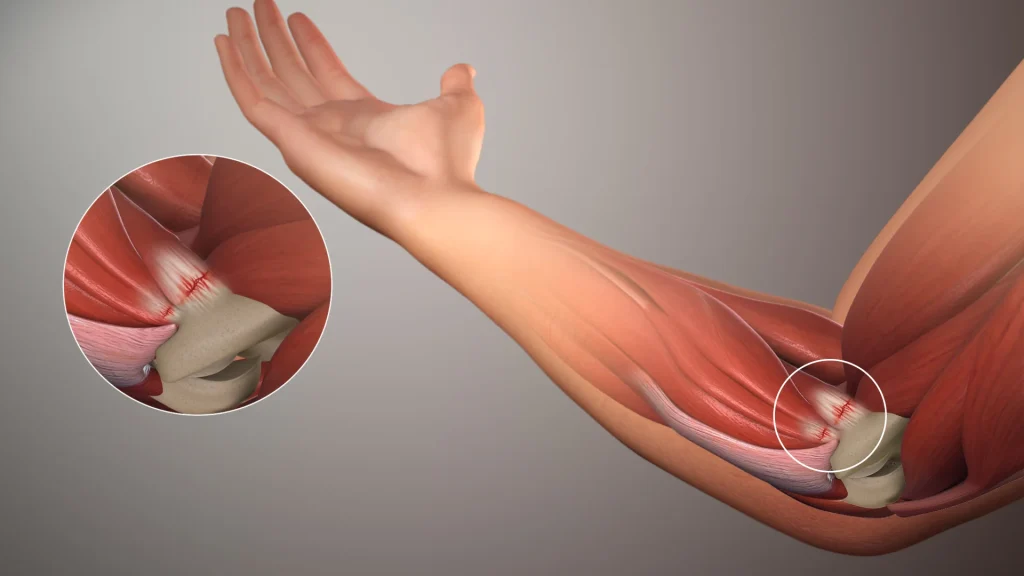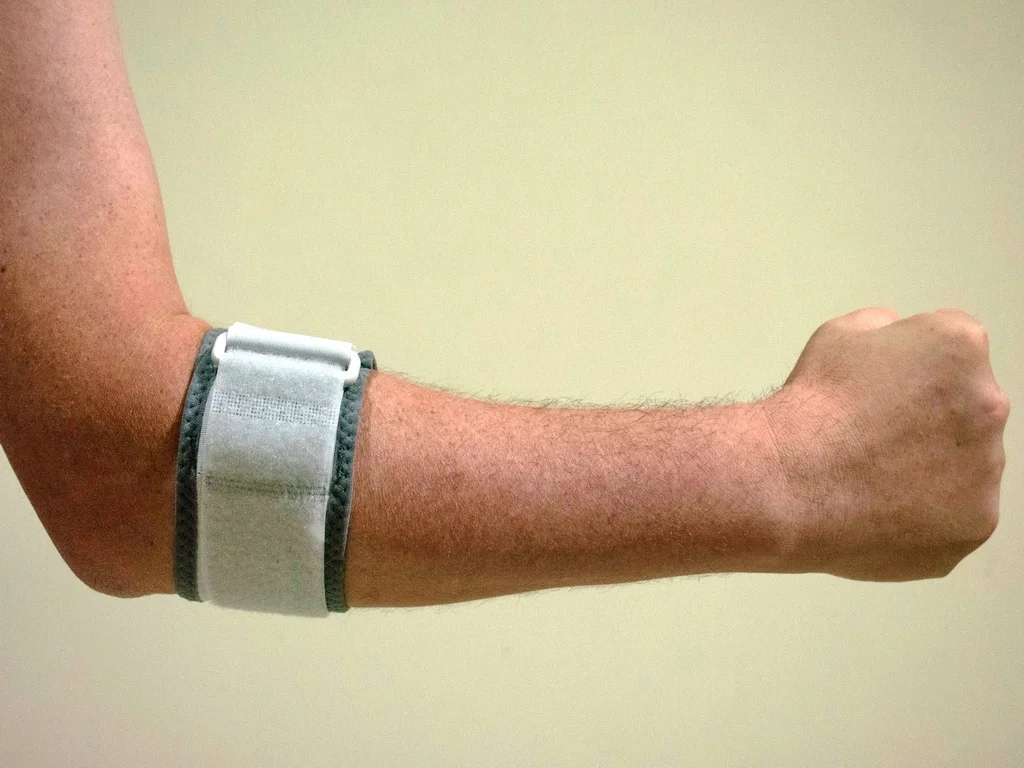

Golfer’s elbow, also known as medial epicondylitis, is an overuse injury of the tendons that attach to the medial epicondyle of the humerus (the bony bump on the inside of the elbow). These tendons are responsible for flexing the wrist and pronating the forearm or turning your palm down.
Golfer’s elbow is most commonly caused by repetitive activities that involve gripping and/or forceful wrist flexion, such as golfing, tennis and painting. It can also be caused by activities that require forceful pronation, such as using a screwdriver or a wrench.
The symptoms of golfer’s elbow include pain on the inside of the elbow, tenderness over the medial epicondyle, and weakness in bending the wrist up or turning the palm down. The pain may be worse with activities that involve gripping or forceful wrist flexion, such as golfing, tennis or painting.
The diagnosis of golfer’s elbow is usually made based on the patient’s history and physical examination. Your doctor may also order an ultrasound or MRI to confirm the diagnosis.
The treatment for golfer’s elbow typically includes the following:
- Rest: Avoiding or reducing activities that aggravate the pain is important in the early stages of treatment.
- Compression: Wrapping the affected area with an elastic bandage can help to reduce swelling.
- Medication: Over-the-counter pain relievers or anti-inflammatories, such as ibuprofen or naproxen can help to relieve pain and inflammation.
- Physiotherapy: Physiotherapy can help to reduce pain and inflammation and to improve the strength and function of the forearm muscles.
In most cases, golfer’s elbow will improve with conservative treatment. However, if the pain is severe or does not improve with conservative treatment, surgery may be an option.
How Can a Physiotherapist Help with Golfer’s Elbow?
A physiotherapist can help you to manage your golfer’s elbow in a number of ways, including:

- Diagnosis: A physiotherapist can help to diagnose golfer’s elbow and rule out other possible causes of elbow pain.
- Education: A physiotherapist can educate you about the condition and how to manage it with your work, hobbies and day-to-day activities.
- Manual therapy: A physiotherapist can use massage, stretching, dry needling and other manual techniques to reduce pain and inflammation.
- Exercise therapy: A physiotherapist can teach you specific exercises to strengthen the forearm muscles and improve the function of your elbow.
- Taping or Bracing: A physiotherapist can use taping or forearm braces to help to offload the affected tendon and reduce pain.
If you are suffering from golfer’s elbow, I encourage you to see a physiotherapist for diagnosis and treatment. With the right treatment, you can get back to your activities pain-free.
Here are some additional tips for preventing golfer’s elbow:
- Warm up before activities that involve repetitive gripping or wrist flexion.
- Use proper technique when performing activities that involve repetitive gripping or wrist flexion.
- Take breaks from activities that aggravate the pain.
- Strengthen the forearm muscles.
- Use tools that are designed to reduce the amount of force required to grip or perform an activity.
If you follow these tips, you can help to prevent golfer’s elbow and keep your elbow healthy.
